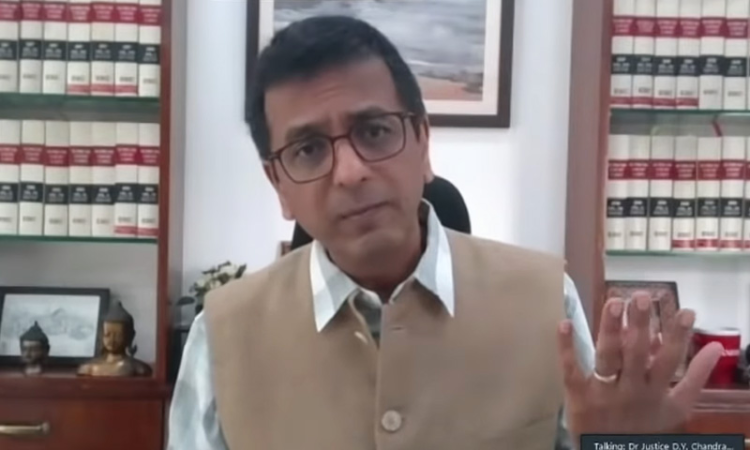Virtual Courts Are The New Symbol And New Image Of the Indian Judiciary: Justice DY Chandrachud
Mehal Jain
4 Nov 2021 10:20 AM IST

Next Story
4 Nov 2021 10:20 AM IST
"One of the very disturbing aspects (of the criminal justice system) is the delay in the communication of order of courts to prison establishments, including bails", Justice D. Y. Chandrachud has said.He was speaking at the inauguration of the Model Virtual Courtrooms in the Districts of Angul and Nayagarh in Orissa, e-Custody Certificate System and Automated Email service for dissemination...
